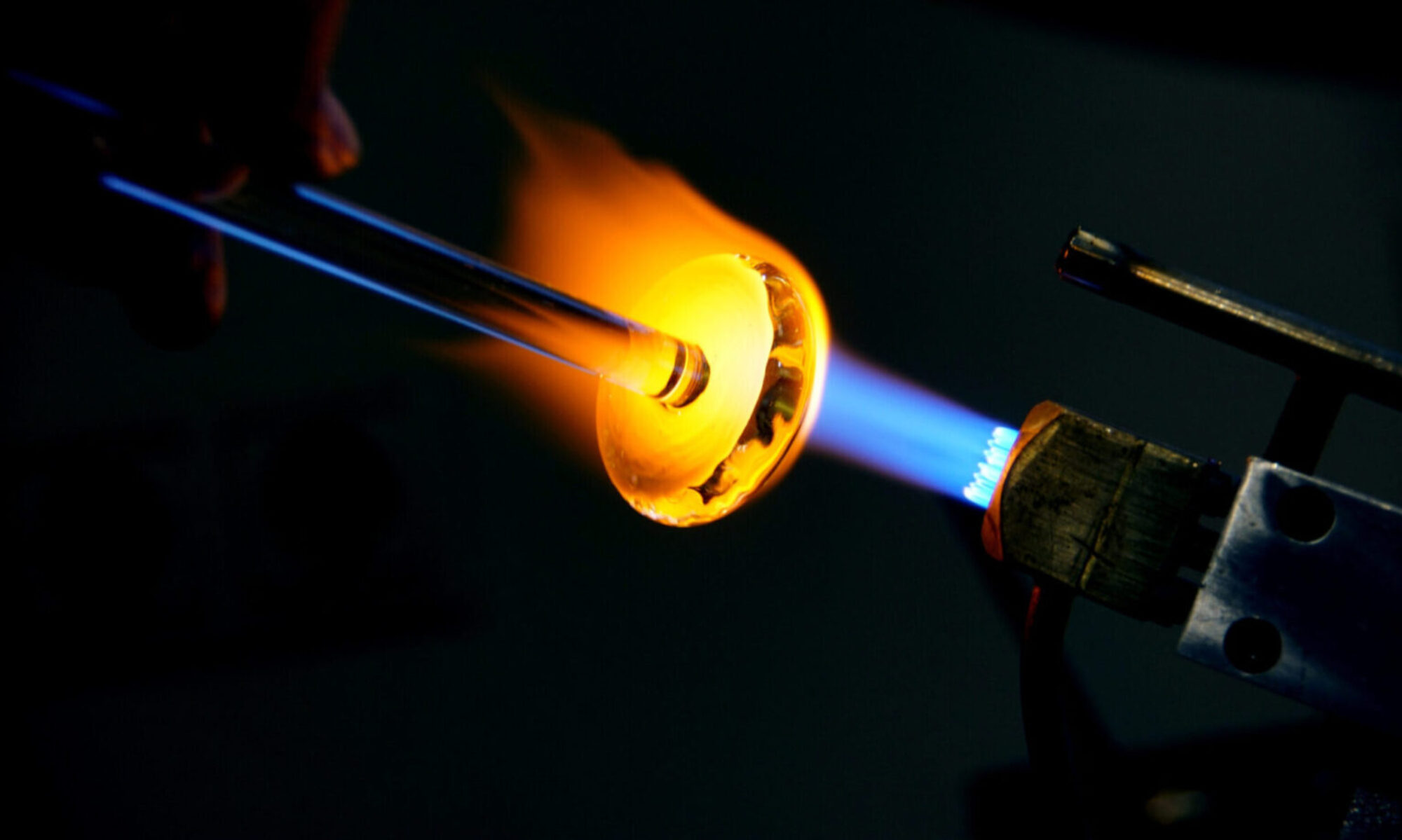In a general sense, glass is a solid substance with an irregular crystal structure and some properties typical of liquids, and which passes from the molten state to the solid state without crystallization during cooling. The base of the glass is quartz sand, the melting point of which is 1700 degrees Celsius. Except for lightning and volcanic activity, mankind could not approach this temperature for a very long time. In order to lower the melting point and strengthen certain properties, other additives must be added to the sand. The most important of these are sodium carbonate and calcium oxide (limestone).
Obsidian glass, a naturally occurring glass, was already used by Stone Age societies because it breaks at very sharp edges, making it ideal for cutting tools and weapons. Archaeological discoveries indicate that approx. Glass was already produced in Mesopotamia 4000 years ago. Early glass was rarely transparent and often contained impurities and imperfections. They made glass objects by casting and carving, but we know for sure that they also made jewelry from glass and these were widespread in Europe and the Far East as well.
In the 13th century, the Venetian island of Murano became the world center of glass production. Murano glass copmanies developed the exceptionally clear, colorless glass crystal that was widely used to make windows, mirrors, ship lights, and lenses.
The 16th century was the golden age of Venetian glass production in Murano. The glass objects produced here were highly valued by kings and princes, as the glass was extremely thin and therefore fragile, which strengthened the effect of luxury. Making and shaping glass was such a valuable skill that the masters could not even leave the island, such an act could even be punishable by death. Glass jewelry making in Murano came to the fore when Napoleon occupied the island and closed many glass workshops and only allowed the production of small glassware. After Venice became a part of Italy, glass production boomed again, but it never reached its previous level, as in the meantime glassworking became widespread throughout the world, so Murano lost its monopoly position.
Regardless of this, the glass produced here is very common among jewelry makers and lamp bead makers, because the glass is made in many colors and Murano glass can be shaped very well, at a relatively lower temperature.
